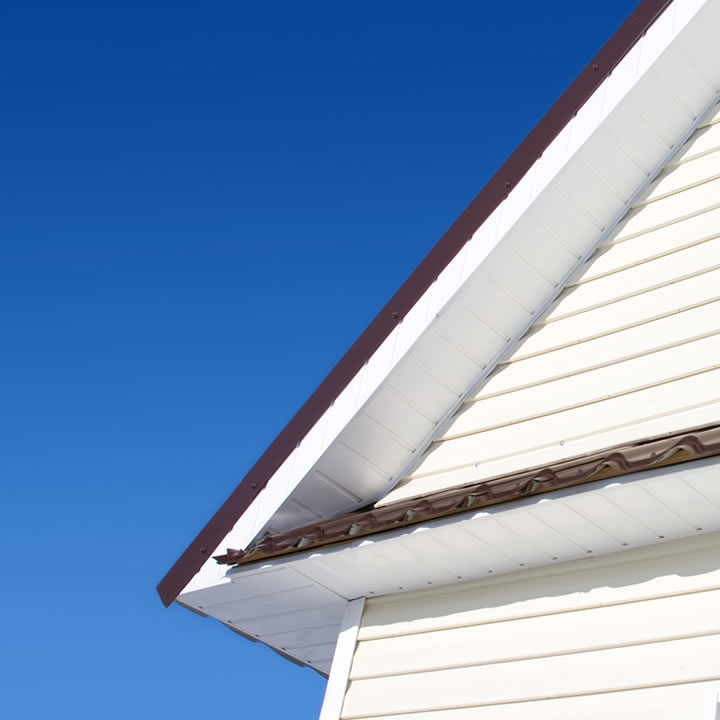When it comes to enhancing the aesthetic appeal and protection of your home’s exterior, siding plays a crucial role. It not only provides a shield against the elements but also defines the overall style of your property.
One of the key decisions you’ll face when installing siding is whether to go with a vertical or horizontal orientation. Both options have their unique characteristics and charm, and making the right choice depends on various factors.
In this blog post, we’ll delve into the pros and cons of each to help you determine which type of siding installation is the best fit for your home.
Horizontal Siding Installation: Classic Elegance with a Modern Twist
Horizontal siding has been the traditional choice for many homeowners and siding contractors, and it continues to be a popular option for various reasons:
- Timeless Appeal: The classic, horizontal orientation offers a timeless and versatile look that complements various architectural styles. From colonial and craftsman to the ranch and contemporary homes, horizontal siding blends seamlessly with diverse aesthetics.
- Visual Width: Horizontal siding can make your home appear wider visually, making it an ideal choice for narrower buildings. This effect can give the illusion of a more substantial and well-balanced structure.
- Easy Installation and Repair: Horizontal siding is typically easier to install and replace, which can translate to lower installation costs and quicker repair times if any damage occurs.
- Water Resistance: Properly installed horizontal siding provides excellent water resistance, preventing moisture from infiltrating your home and causing damage to the interior.
However, it’s essential to consider potential drawbacks as well:
- Maintenance: Horizontal siding can accumulate dirt and grime more easily than its vertical counterpart due to its flat surface. Regular cleaning and maintenance are necessary to keep it looking fresh and vibrant.
- Susceptible to Rot: Horizontal siding may be more prone to moisture infiltration, especially if it lacks proper flashing and sealing. This can lead to rot and decay over time.
- Vertical Siding Installation: Contemporary Style and Heightened Visual Interest
Vertical siding, once considered more niche, has seen a resurgence in popularity and offers its own set of advantages:
- Modern Aesthetics: Vertical siding delivers a modern and unique look, making it an excellent choice for those who want to stand out from the crowd and experiment with contemporary design.
- Height Emphasis: If you have a multi-story house or want to draw attention to the height of your building, vertical siding can achieve this effect effortlessly.
- Less Dirt Accumulation: Because of its upright position, vertical siding is less likely to accumulate dirt and debris, making it a low-maintenance option.
- Better Drainage: With vertical siding, water is less likely to penetrate behind the panels, leading to improved drainage and reduced risk of moisture-related issues.
However, there are some considerations to keep in mind:
- Limited Architectural Compatibility: While vertical siding is versatile, it might not suit every architectural style. It’s essential to consider whether it complements the overall design and character of your home.
- Installation Challenges: Installing vertical siding can be more complex than the horizontal siding, potentially leading to higher labor costs and longer installation times.
- Height Perception: While vertical siding can emphasize height, it may also make a shorter building appear even smaller.

